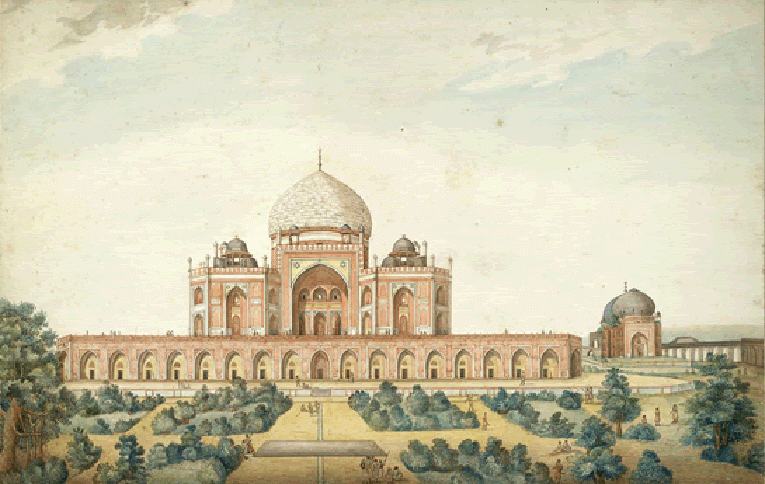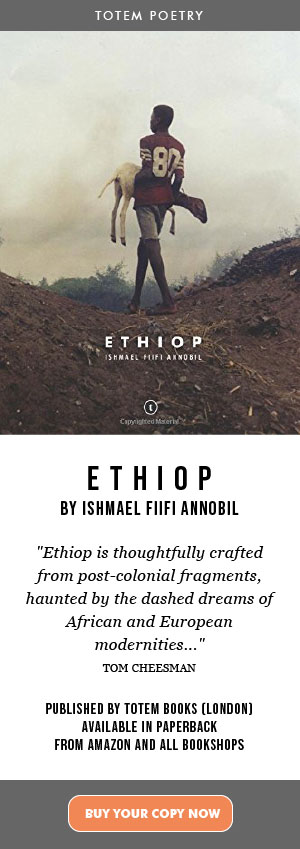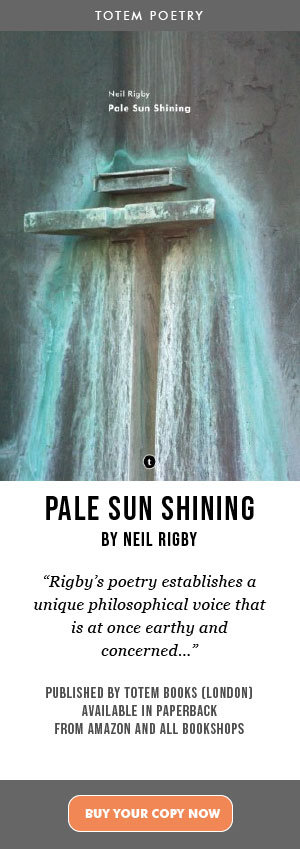Poetry & Prose : THE IRON PILLAR OF DELHI AND OTHER POEMS

Abhay K.
i
THE IRON PILLAR OF DELHI
An emperor's conquest
of Hindustan
withering tides of time
emperors arrived
and vanished
all vainglorious
in their reigns
I alone survived
to tell
their forgotten tales.
ii
SHERMANDAL
I betrayed
a rushing emperor
to his evening prayers
in a chilly January winter
he came tumbling down
the stairs
and breathed his last.
Once the pleasure pavilion (of Shershah )
reincarnated as emperor Humayun's library
now merely an abandoned abode
of graffiti lovers
bearing scribbled names of their beloved.
iii
SHAHJAHANABAD
A Mughal emperor’s dream
where once flowed
Nahar-i-Bahisht (the stream of paradise)
now merely a cacophony
of deafening wails
a decadent, gloomy hovel.
iv
HUMAYUN'S TOMB
A lonely tree
a flock of birds
sky punctured with domes
a shriek
tombs in eternal sleep.
v
LODHI GARDEN
My dusky evenings
filled with smoke
a tomb
by the lake
vespering birds
singing cicadas
setting sun
painting the sky
crimson red
couples strolling
holding hands
shoulder to shoulder
crooning love songs
straddling the tombs
of the medieval sultans
heavy humid air
after the evening drizzle
leaves still wet
with rain droplets
the smell
of wet earth
blending with fragrance
of fresh flowers
and ancient blood
shed over Delhi's conquest
over and over again.
…………………………………………………………………………………................................................................................................................
Abhay K. is an Indian poet-diplomat whose idea of an official Earth anthem has been hailed by UNESCO as a creative and inspiring thought that would contribute to bringing the world together. Winner of the SAARC Literary Award 2013, he is the author of five collections of poems and two memoirs. His website is at www.abhayk.com.
…………………………………………………………………………………................................................................................................................
Illustration: Mausoleum of Humayun, Delhi, in 1820. Water colour in Agra style by a Delhi artist.Inscribed on the front in English: 'Tomb of Hoomauyoon Bad Shah';' Tomb of Koaka'; in Persian characters: Maqbarah i Kokah - Maqbarah i Humayun badshah i ghazi (Tomb of Kokah - tomb of the Emperor Humayun). Watercolour. Courtesy of Wikipedia


